The Forest Service says the best way to save forests is to cut them down. Will the courts agree?
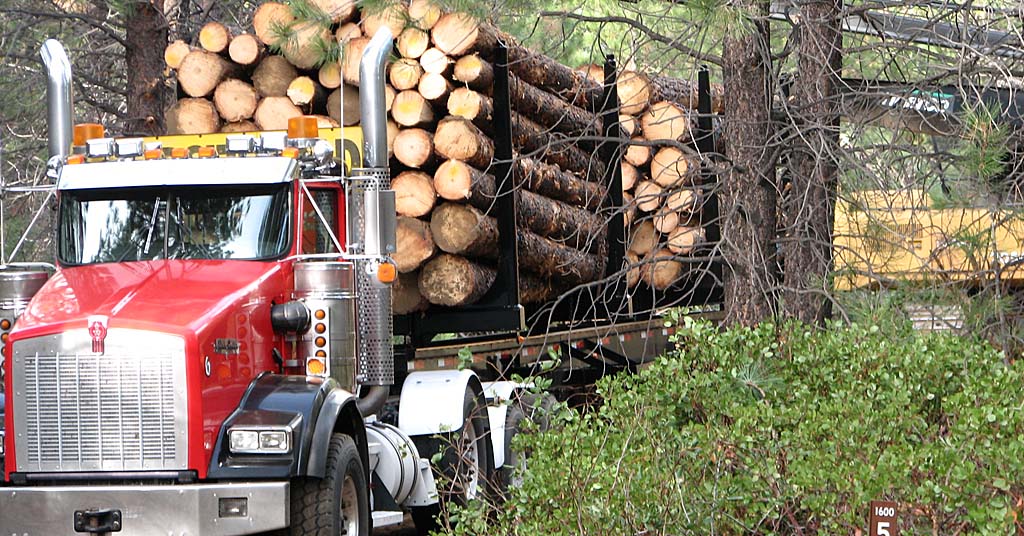
Wellness check: The best way to keep trees from burning is to cut them down … right? Photo: Oregon Department of Forestry
By Kendra Chamberlain. April 10, 2025. The Trump administration has issued a jaw-dropping proposal to open up nearly 60% of National Forest land for logging under the guise of wildfire mitigation—but it won’t help reduce wildfire risk in the Pacific Northwest.
In fact, it will likely make forests—particularly dry forests—more vulnerable to high-intensity wildfire.
President Donald Trump’s Secretary of Agriculture, Brooke Rollins, released a secretarial memo on April 3 that declares an “emergency situation” across 113 billion acres of national forests in the United States. The word “emergency” appears 28 times in the six-page memo.
It directs the U.S. Forest Service to limit environmental analysis and judicial review of logging projects in favor of ramping up timber production to address what it calls a wildfire and forest health “crisis” in national forests.
The memo follows an executive order Trump issued on March 1 that calls for an immediate expansion of timber production.
“National Forests are in crisis due to uncharacteristically severe wildfires, insect and disease outbreaks, invasive species, and other stressors whose impacts have been compounded by too little active management,” the memo states. “Immediate action is needed to mitigate risk, protect public health and safety and critical infrastructure, support local and rural economies, and mitigate threats to natural resources on NFS lands. We can do more to contribute to American prosperity and protect our national and economic security.”
Christopher French, acting associate chief of the Forest Service, followed up with his own letter, addressed to regional foresters and deputy chiefs, touting the “new era” of USFS-aided logging and calling for forest managers to develop five-year strategies to increase timber volume “leading to an agency wide increase of 25% over the next 4-5 years.”
Conservationists and forest ecologists agree that federal forestlands are in dire need of better management strategies to reduce the risk that high-intensity wildfires pose to communities in the Pacific Northwest.
But as Nick Cady, legal director of the conservation group Cascadia Wildlands, points out, logging is not a silver bullet solution to mitigating wildfire risk.
In fact, it’s part of the problem.
“The reason we have the problem that we’re dealing with is because these federal agencies maximized timber volume in the Pacific Northwest in the past,” Cady told Columbia Insight. “What Trump’s executive order calls for is maximizing timber volume—which is going to create more of the problem that we are now trying to correct.”
Not science, not legal
The connection between logging forests and fire risk is well established. Research dating the 1940 indicates that logged forests experience more severe wildfire.
Logging projects tend to harvest larger-diameter trees that are typically more fire-resistant than smaller-diameter trees.
Clear-cutting patches of forested land alters the microclimates of the landscape, allowing more sunlight to reach the ground, amplifying brush growth and drying out the soil, which creates even more dry fuel.
Clear-cut patches also generate more wind, which helps wildfire spread more quickly across logged landscapes.
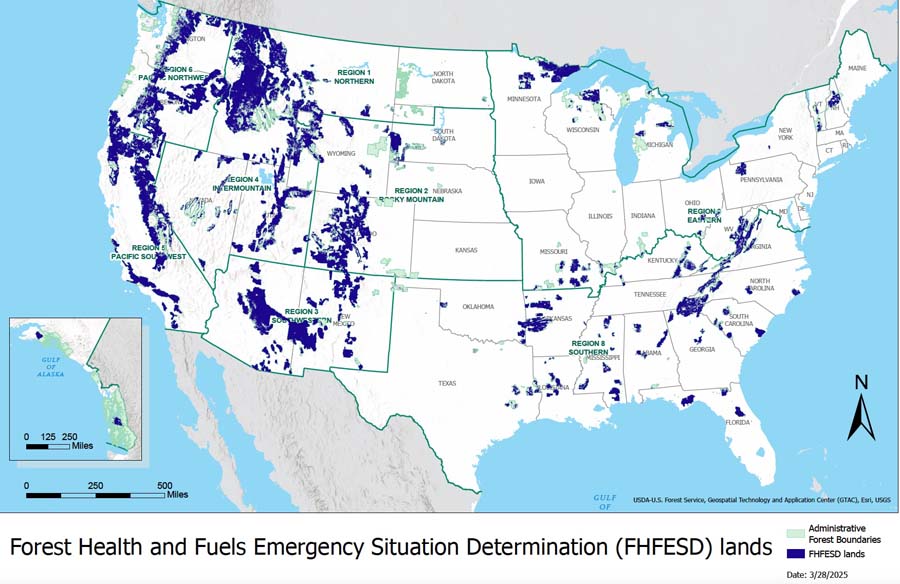
Purple indicates areas targeted for more logging under the pretense of “forest health.” Map: USDA/USFS
“There’s a lot of modeling on how fire will interact with different areas, but when they’ve observed areas that have burned, and especially in the Pacific Northwest … the more intensely it was logged, the more intensely it burned,” said Cady.
As the adage goes, we can’t log our way out of wildfire.
Trump’s directive appears to be based on fundamental misconceptions of forest and fire ecology.
It also flies in the face of federal land management law. The administration’s attempts to limit environmental and judicial review of logging projects will likely be challenged in court.
“It’s unclear how this will play out on the ground, because NEPA is a statute; the Endangered Species Act is a statute, and our Federal Land Policy and Management Act is a statute, and the National Forest Management Act—these are all statutes,” said Cady. “You can’t just executive order your way past a statute. That’s not how the law works.”




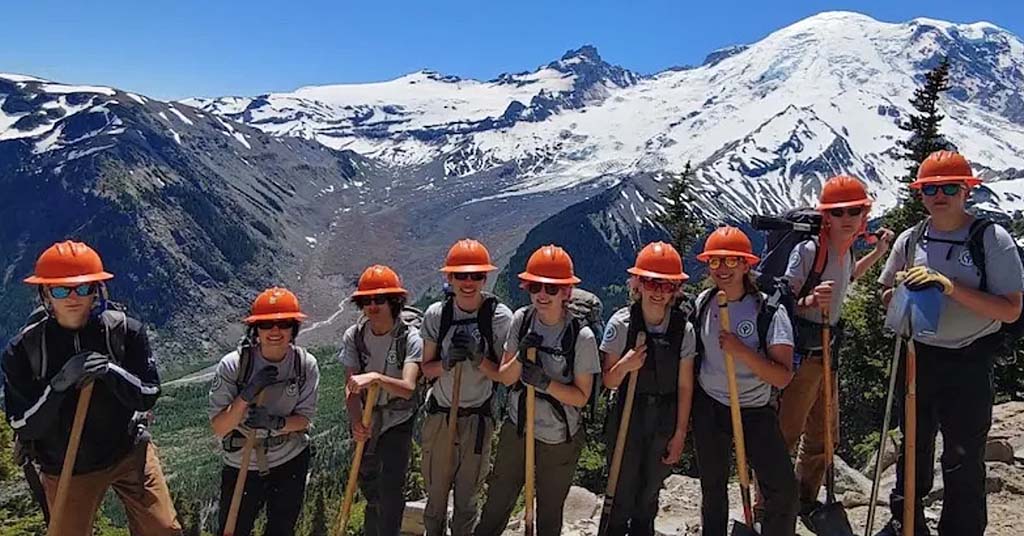

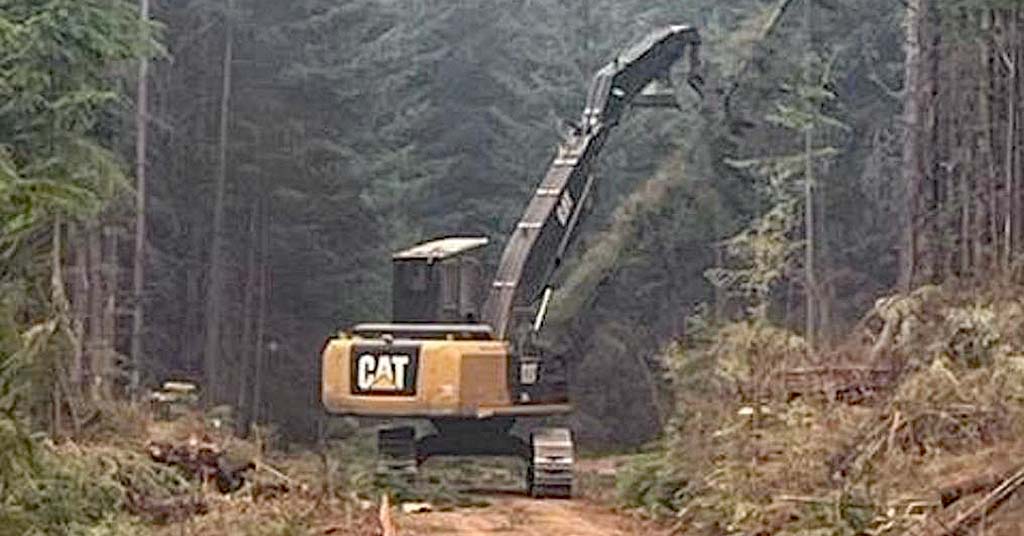
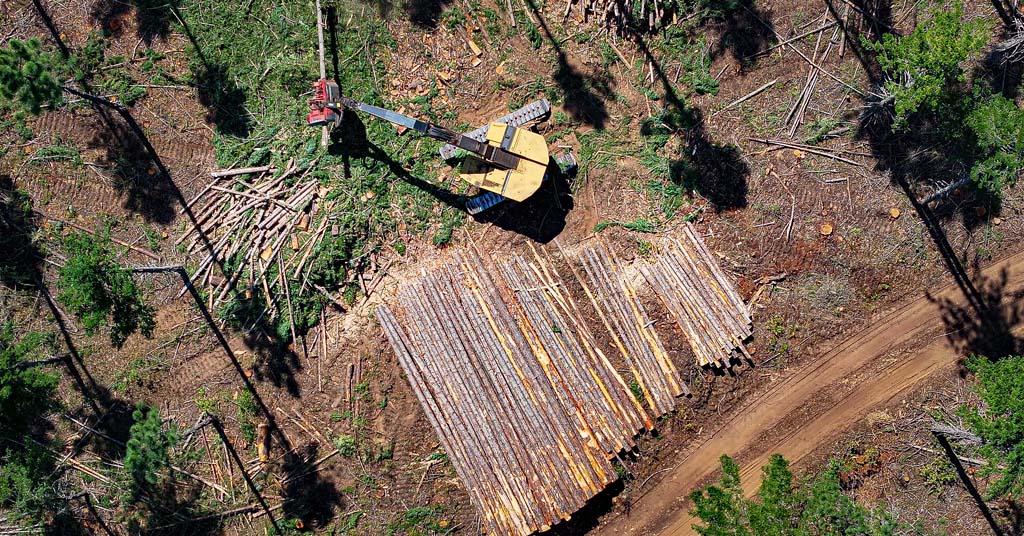



Nick Cady and a lot of other folks are in for a very rude shock. Within six months the fellow in the White House will be able to exercise total control over this country.
And, it is irrelevant to his supporters that he is trashing everybody’s future. They don’t live in the future, and THEY DON’T CARE. And neither does their Messiah.
They live day to day, blaming everyone except themselves for how awful their present day is, when, actually, at some time it was their future. They can’t make that connection. Their brains don’t work that way, and neither does DJT’s.
So, if I am correct, and the madman simply shorts out the system, and the damage is permanent, and the public ALL feels the pain of this madness (forests are watersheds for just one part of his disaster), don’t blame me.
I live in the Pacific Northwest which has been part of the fraud on humankind to get around Islam to get to China for 570 years. The MAGA Messiah will give you Afghanistan on a continental scale.
I do blame you Curt. You should’ve done more to protect our forests! I can’t believe you just rolled over and allowed this administration to take advantage of this nation’s beautiful national forests! For shame, for shame!